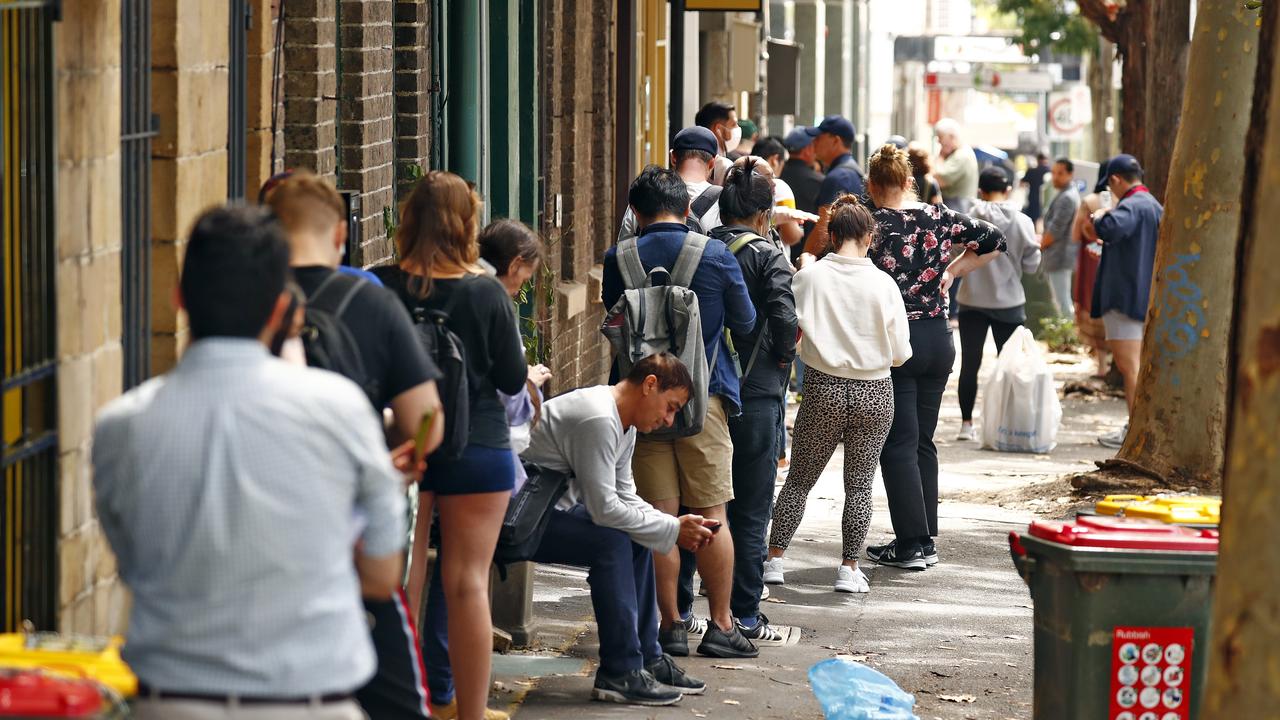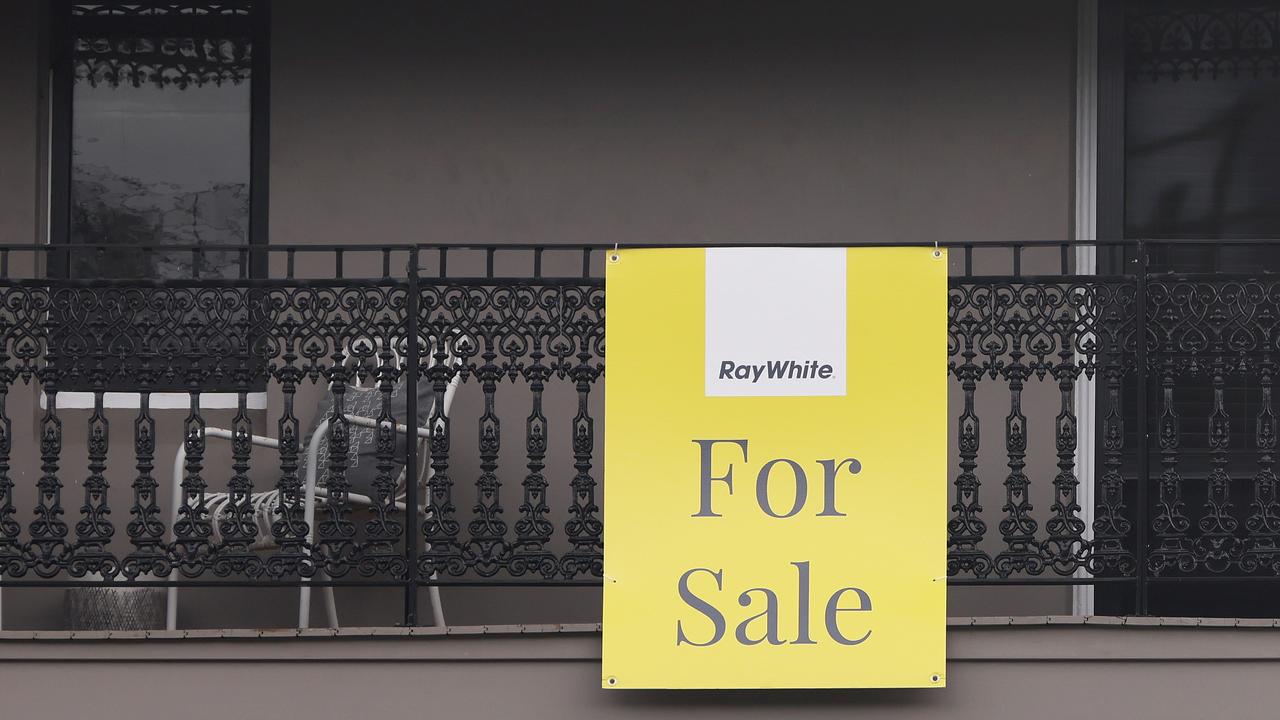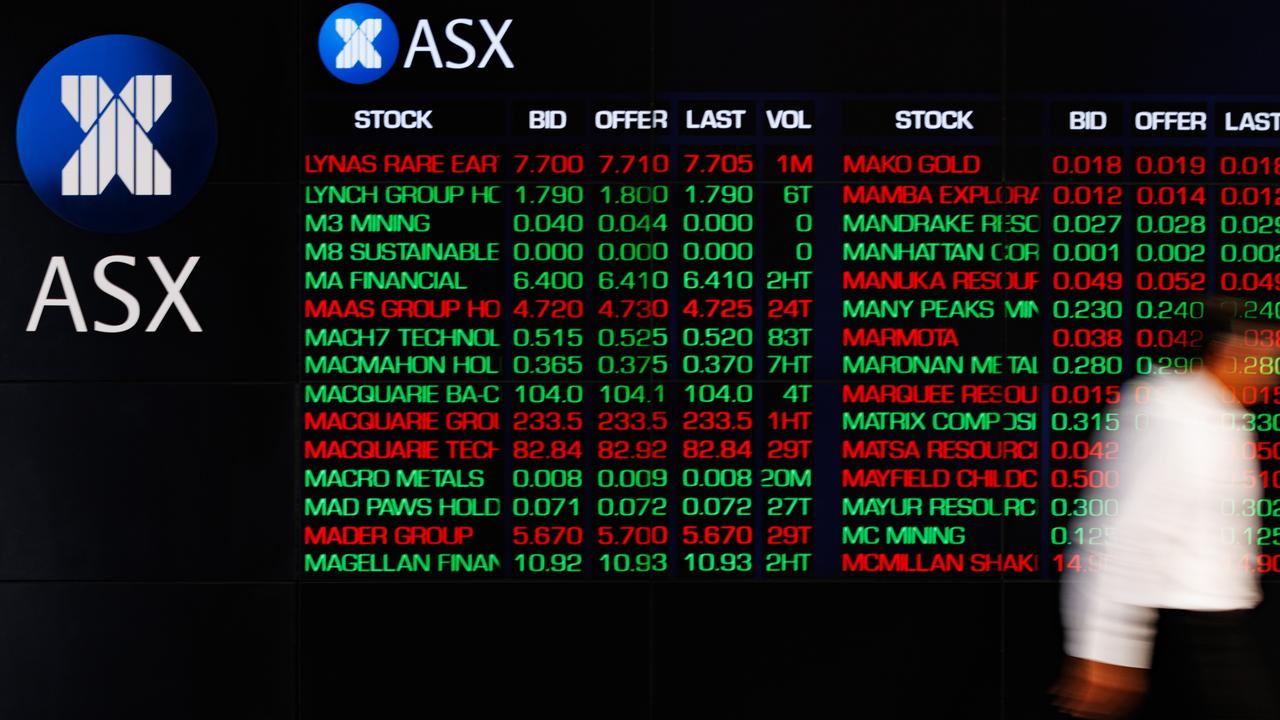Maps show jobless hotspots in Sydney and Melbourne
Despite Australia’s national unemployment rate being a rosy 4 per cent, some parts of our major cities are doing it much tougher, new data shows.

Data has shown a wide disparity in unemployment rates across parts of Sydney and Melbourne which is hidden in more broadscale unemployment figures.
The disparity is more pronounced in Sydney where, despite an overall unemployment rate of 4 per cent, the city’s southwest - which includes Fairfield, Liverpool and Bringelly - has a 9.3 per cent unemployment rate compared to the very low 0.7 per cent rate in Sutherland.
Sydney’s affluent northern beaches also enjoyed low unemployment with just 2.3 per cent jobless, while the eastern suburbs recorded 2.2 per cent.
In comparison, Melbourne’s southeast has the city’s highest rate of unemployment at 7 per cent, compared to 2.7 per cent in the city’s inner south.
Economist Saul Eslake said that this detail is an “important part of the story”.
Australian Bureau of Statistics (ABS) data shows that despite Australia being close to reaching technical full employment, this is not equally distributed across regions.
While the ABS said this region-specific data fluctuation is more down to sampling and methodology, the data is still indicative of broader trends across Australia’s two biggest cities.
People in regions with the highest rate of unemployment are more likely to have more precarious jobs, often in casual, contract or temporary arrangements.
Mr Eslake added that this was to be somewhat expected, given that people in more affluent areas such as Sydney’s eastern suburbs and Melbourne’s inner south are, in general, better educated and older.
“In general, better educated people are older and, in general, are more likely to speak English and, in general, are more likely to be in occupations such as managers and professionals, all of which are characteristics that carry lower unemployment nationally.”
He said that white-collar unemployment is lower today than it was at the onset of the Covid-19 pandemic, whereas those rates of employment had not returned in blue-collar or service occupations.
Because of these factors, the regions with relatively high unemployment today were also the regions most affected by the recession as the pandemic originally set in.
Stream more finance news live & on demand with Flash. 25+ news channels in 1 place. New to Flash? Try 1 month free. Offer ends 31 October, 2022 >

In the middle of 2020, Sydney’s southwest had extraordinarily high unemployment, with the five-month rolling average rate at 10.1 per cent, compared to just 4.8 per cent seen in Sutherland at its peak.
This disparity is also the case in Melbourne, with Melbourne’s northwest seeing 11.2 per cent unemployment in the peak of Melbourne’s stage four lockdown, compared to 6.5 per cent in the inner south.
Mr Eslake also raised the point that the lack of immigration during the last two years has contributed to relatively low unemployment rates.
“Those who are unemployed who are looking for jobs haven’t been competing with recently arrived migrants,” he said.





